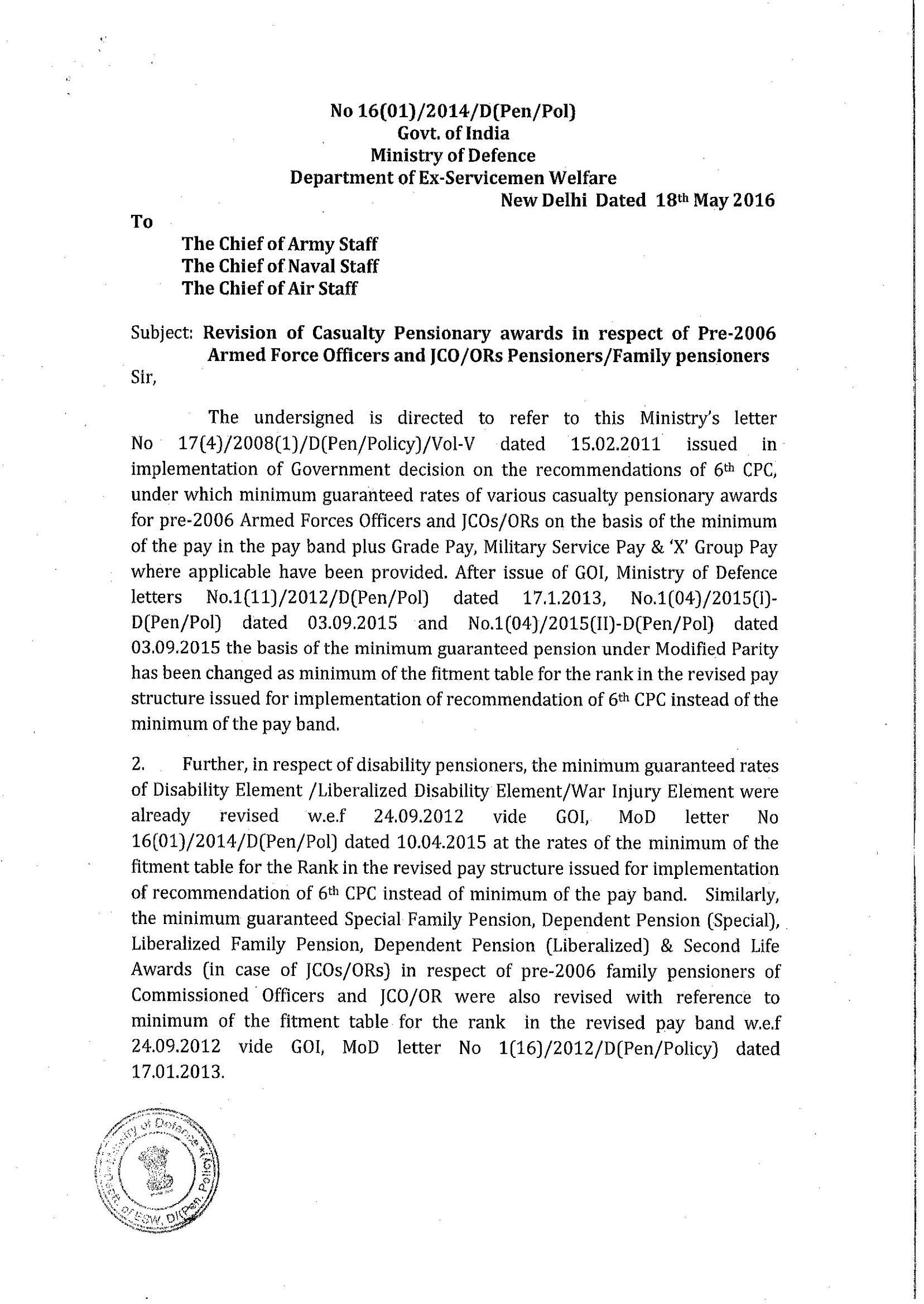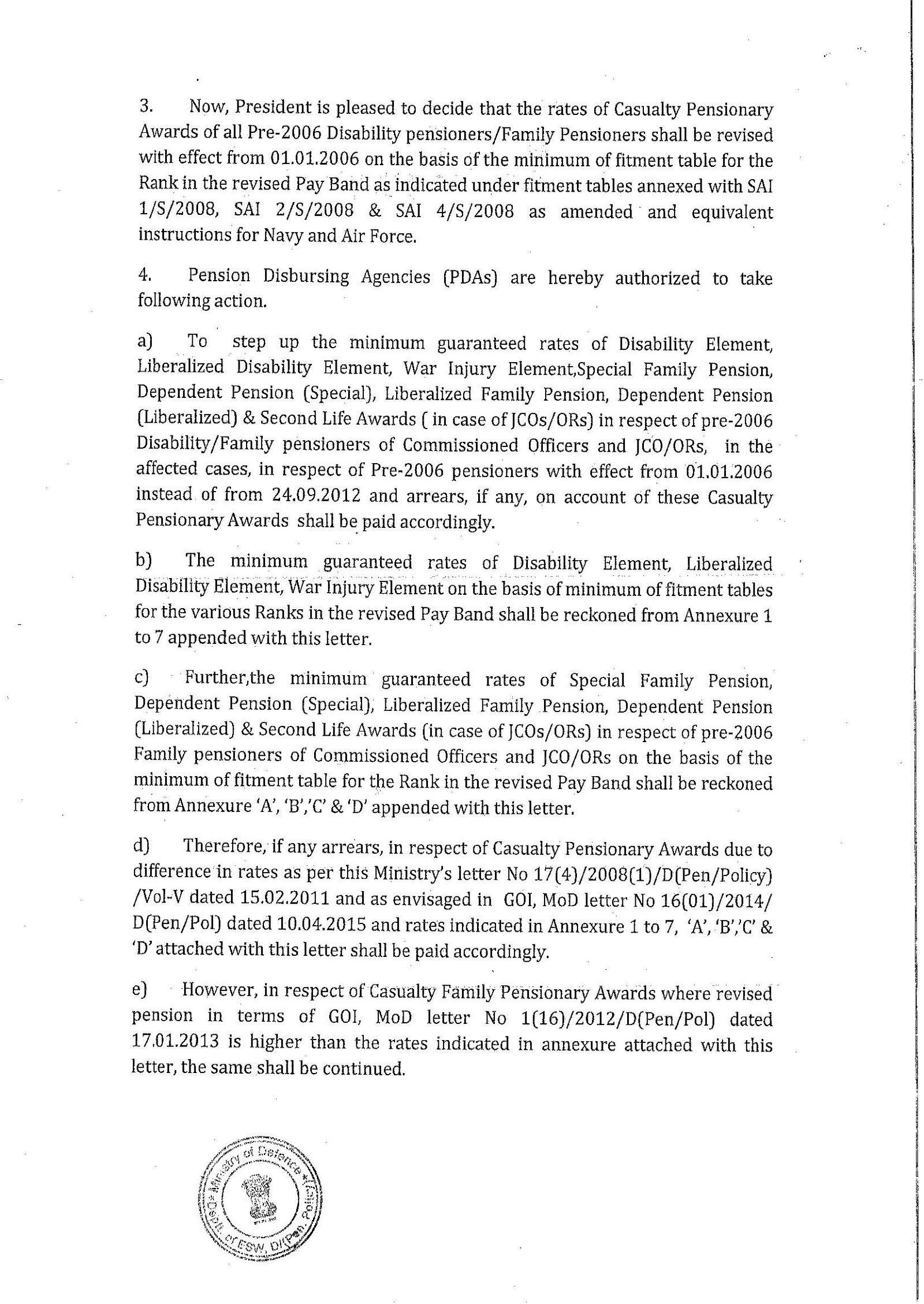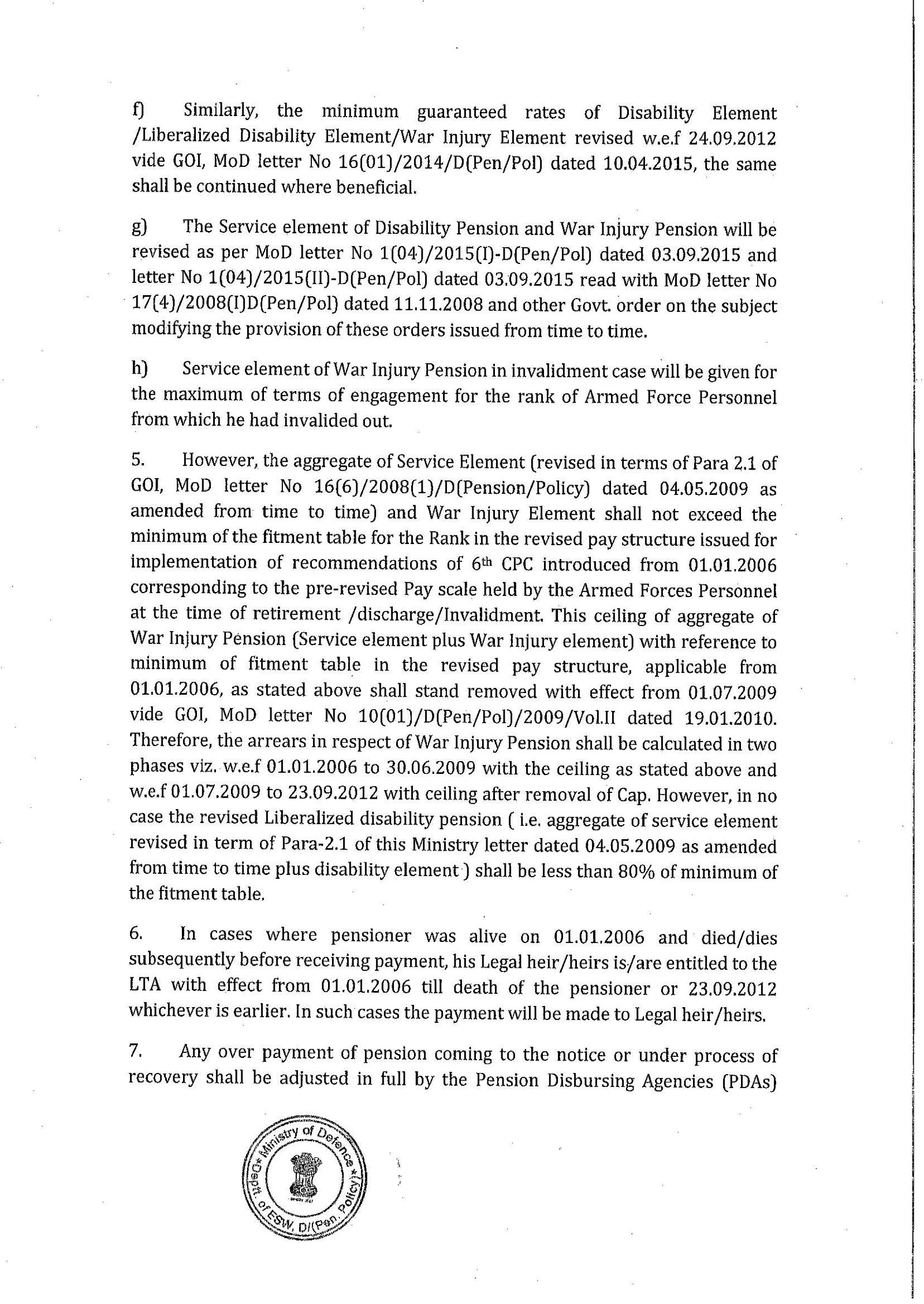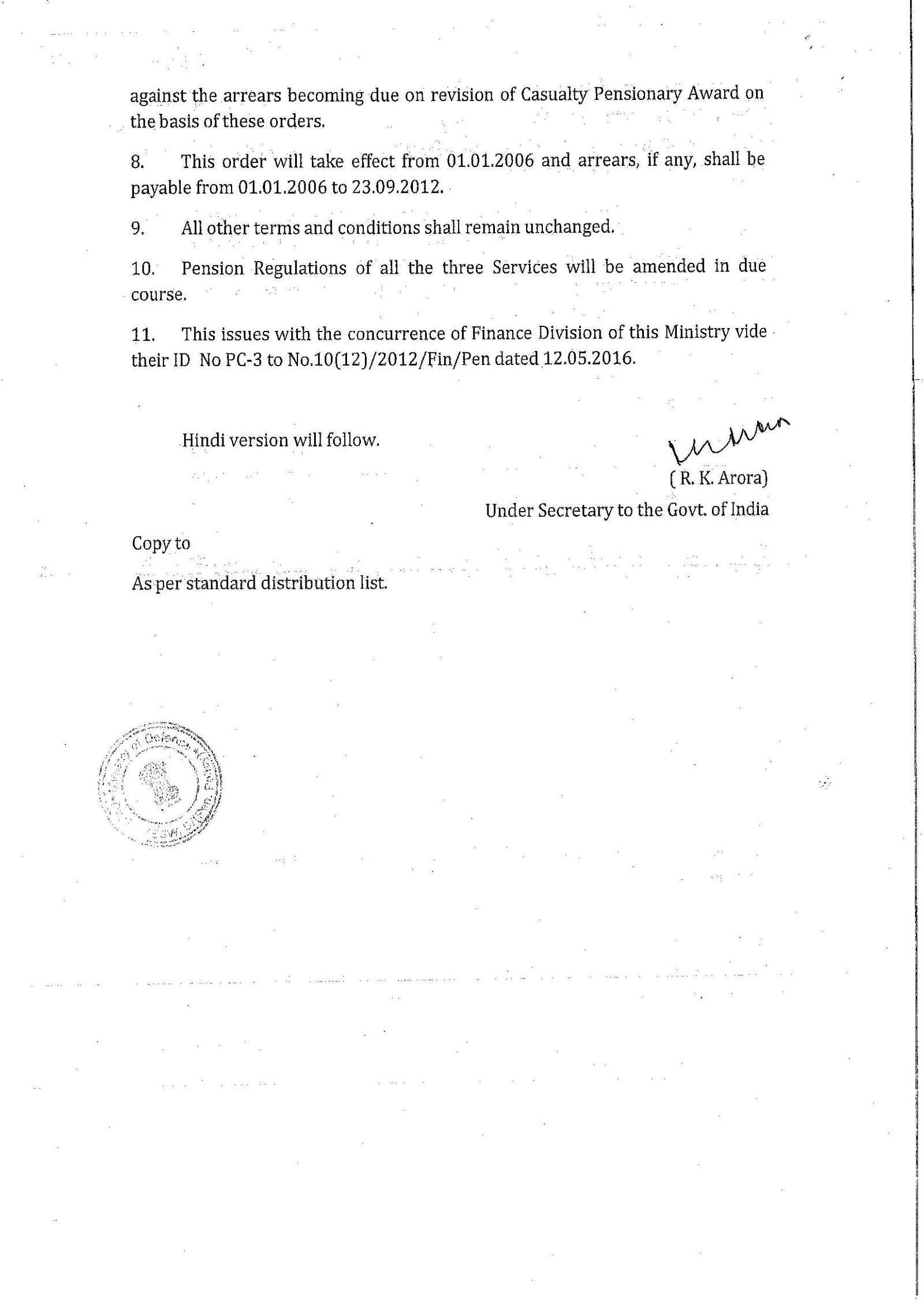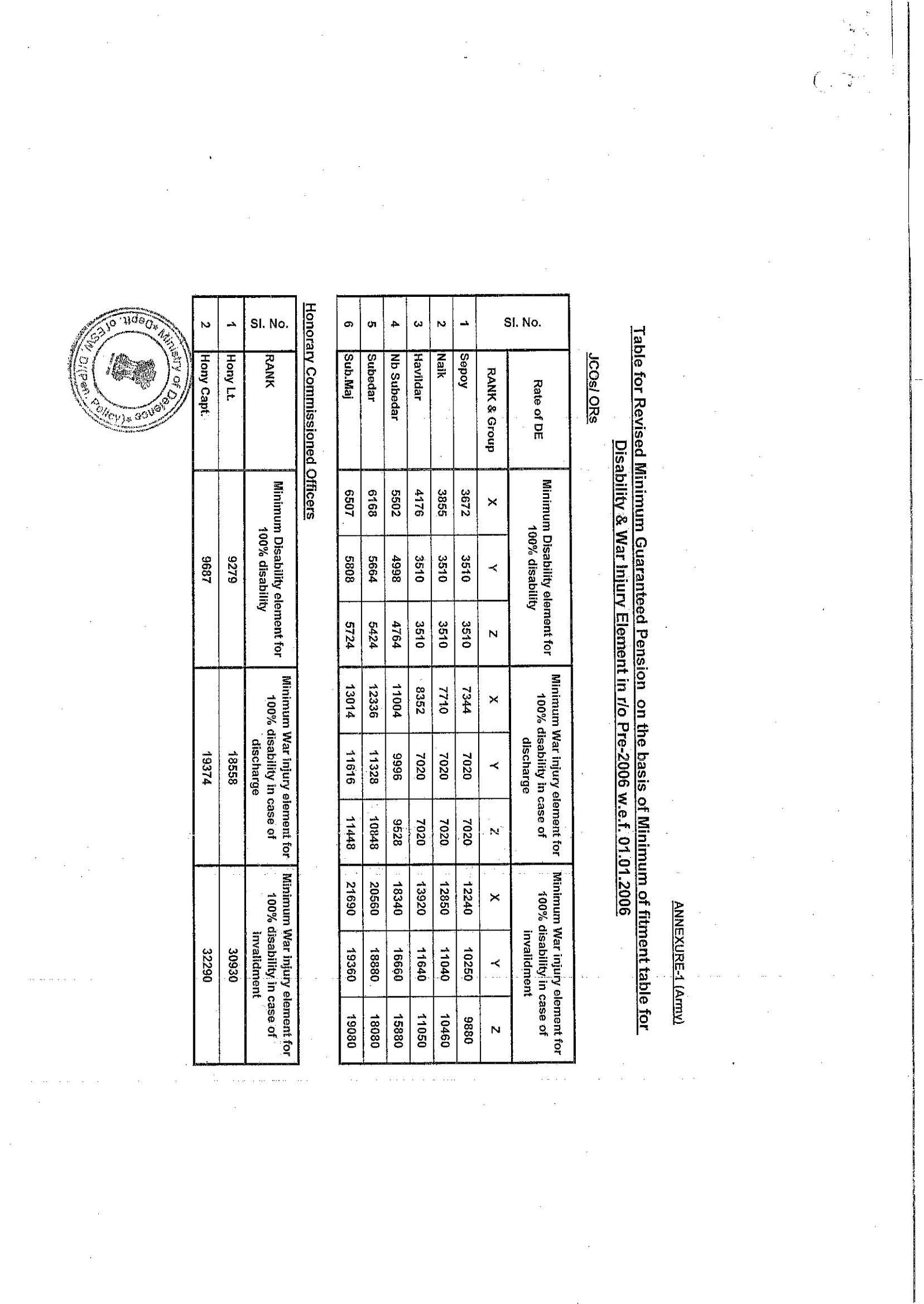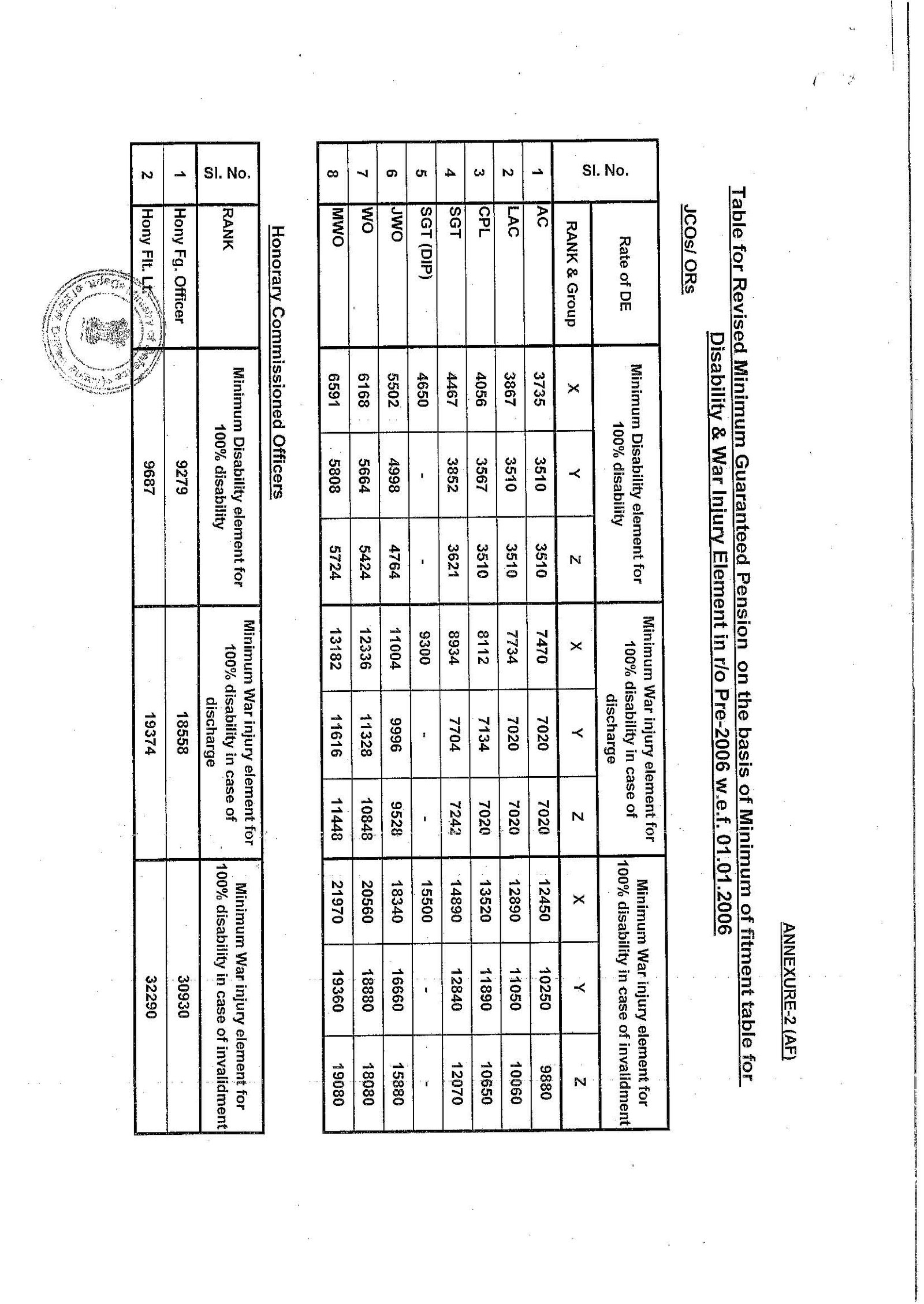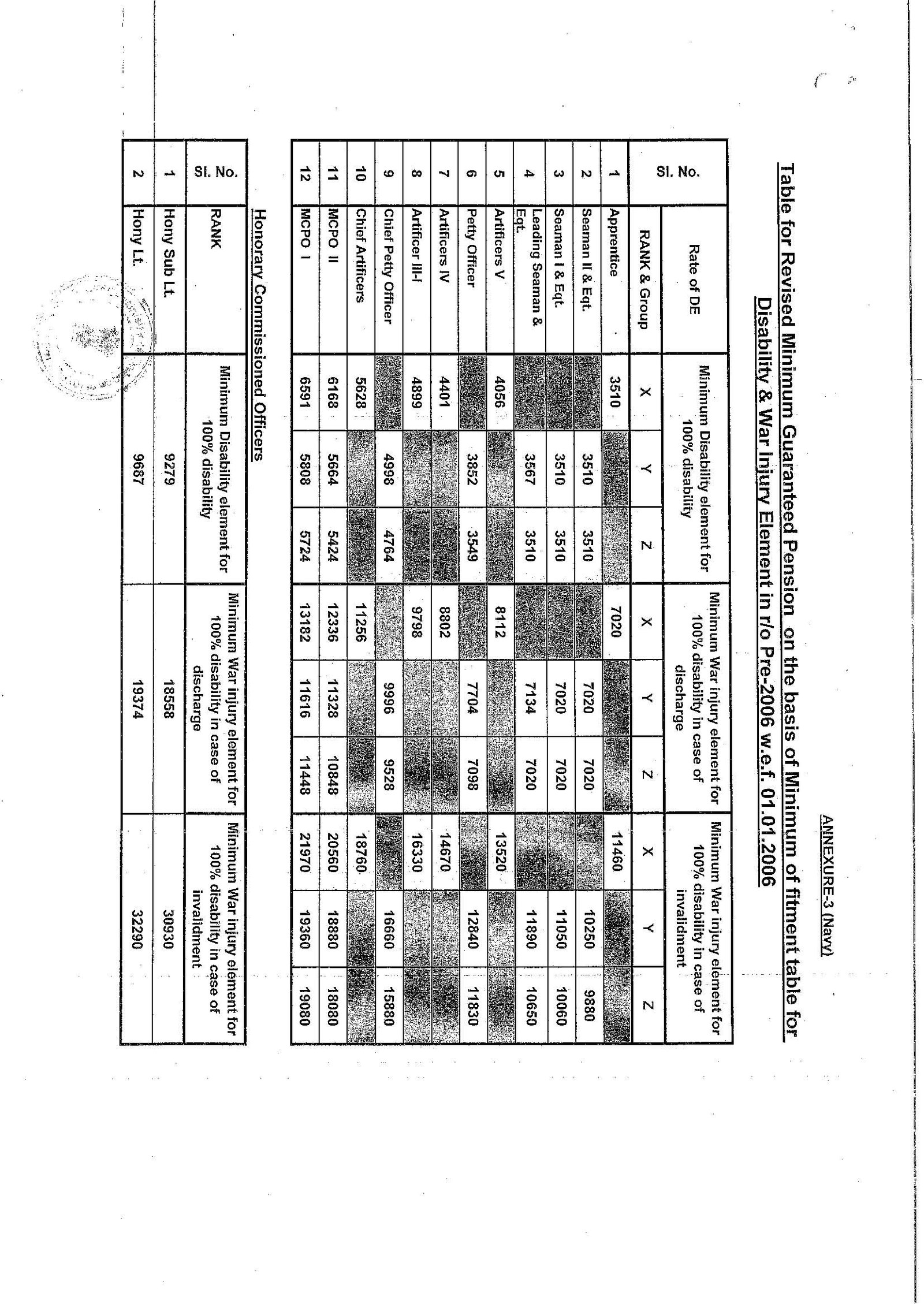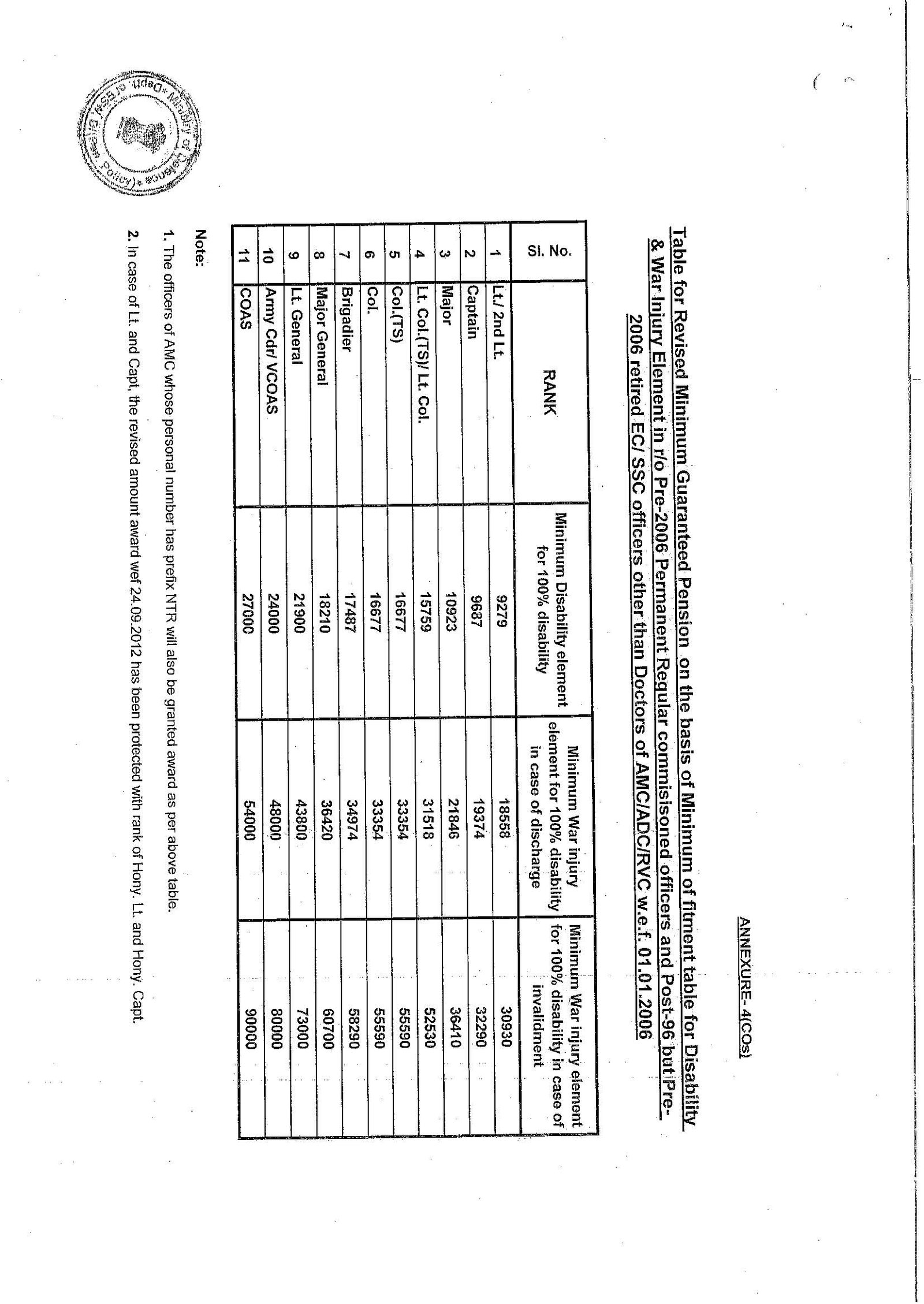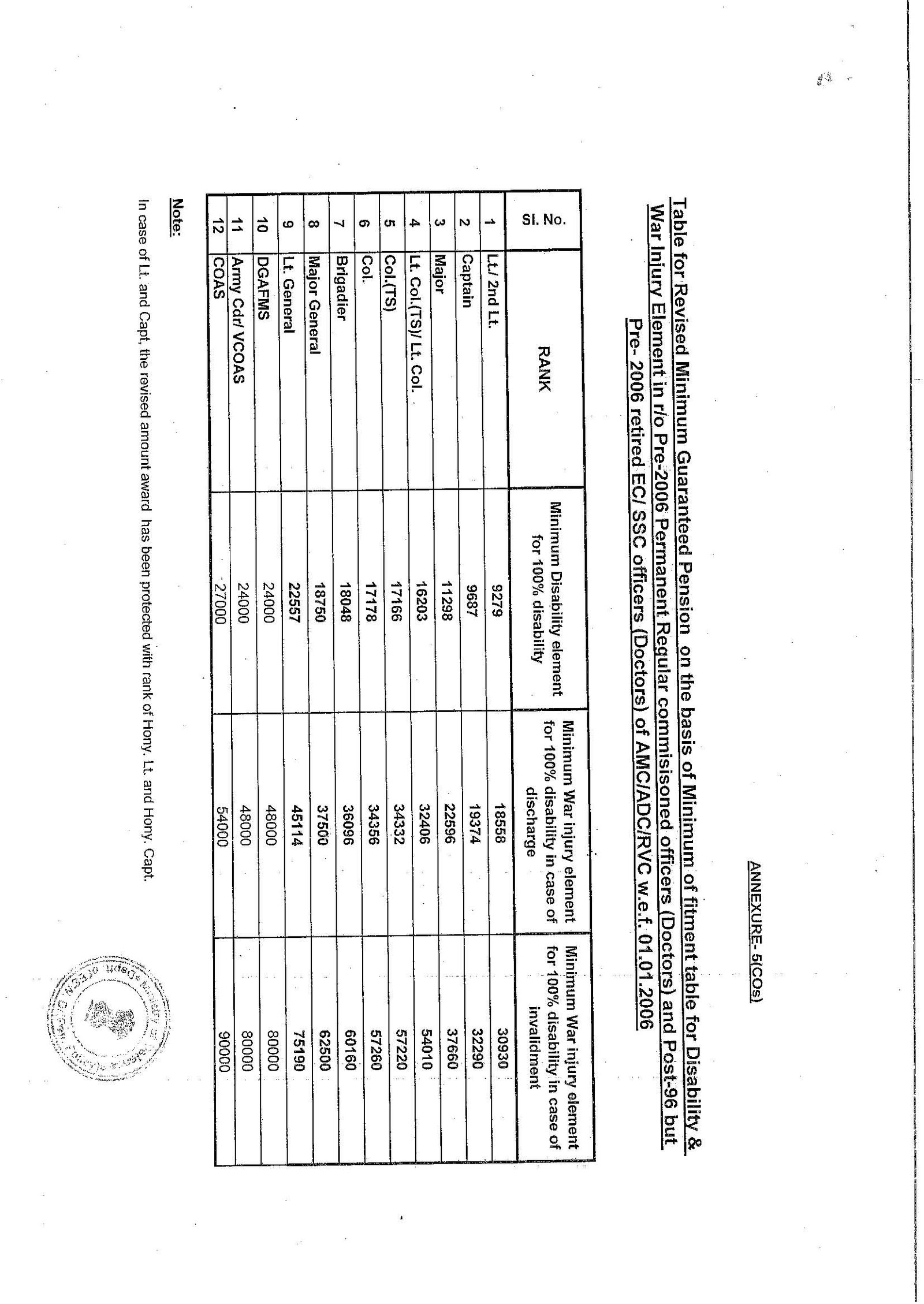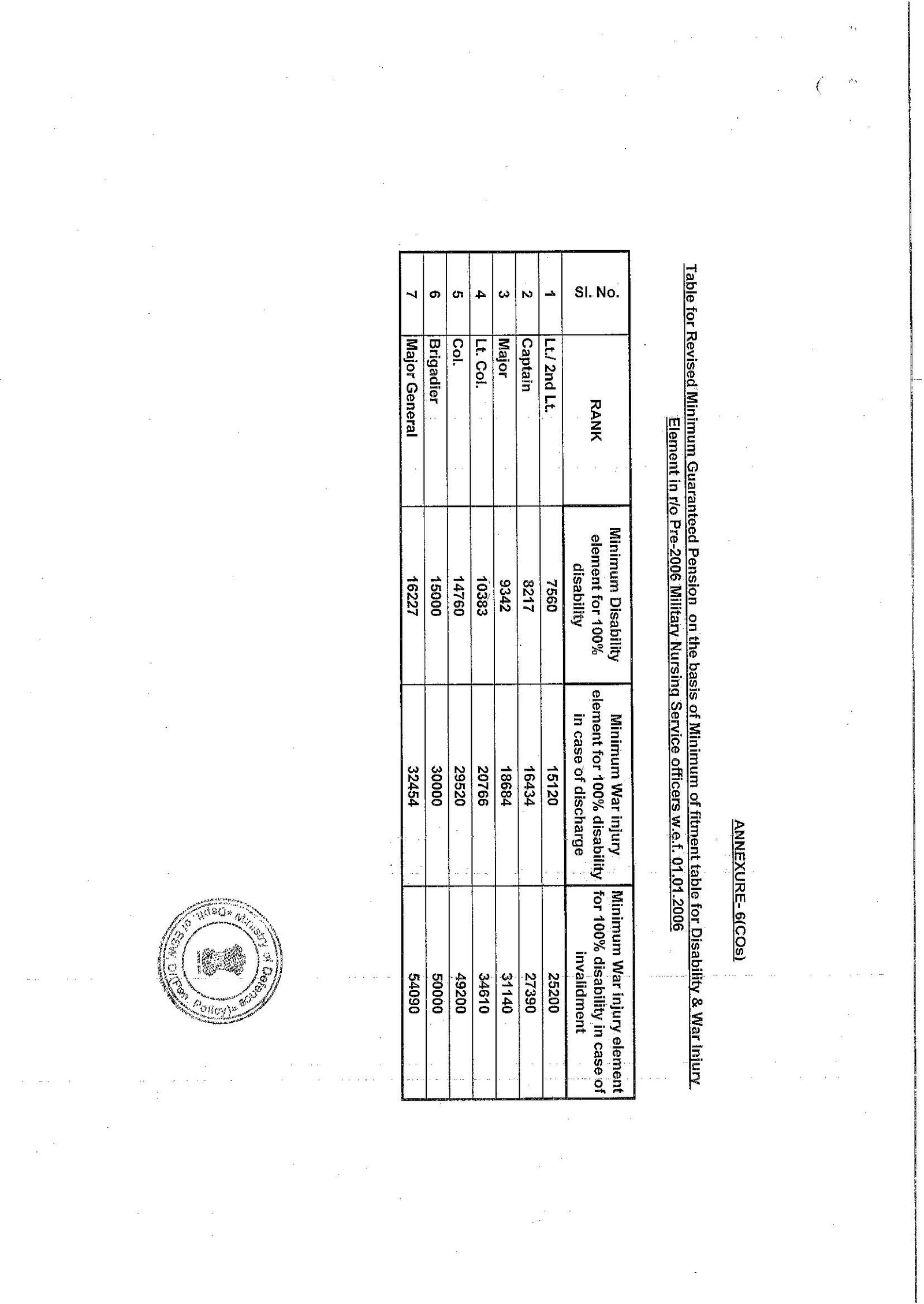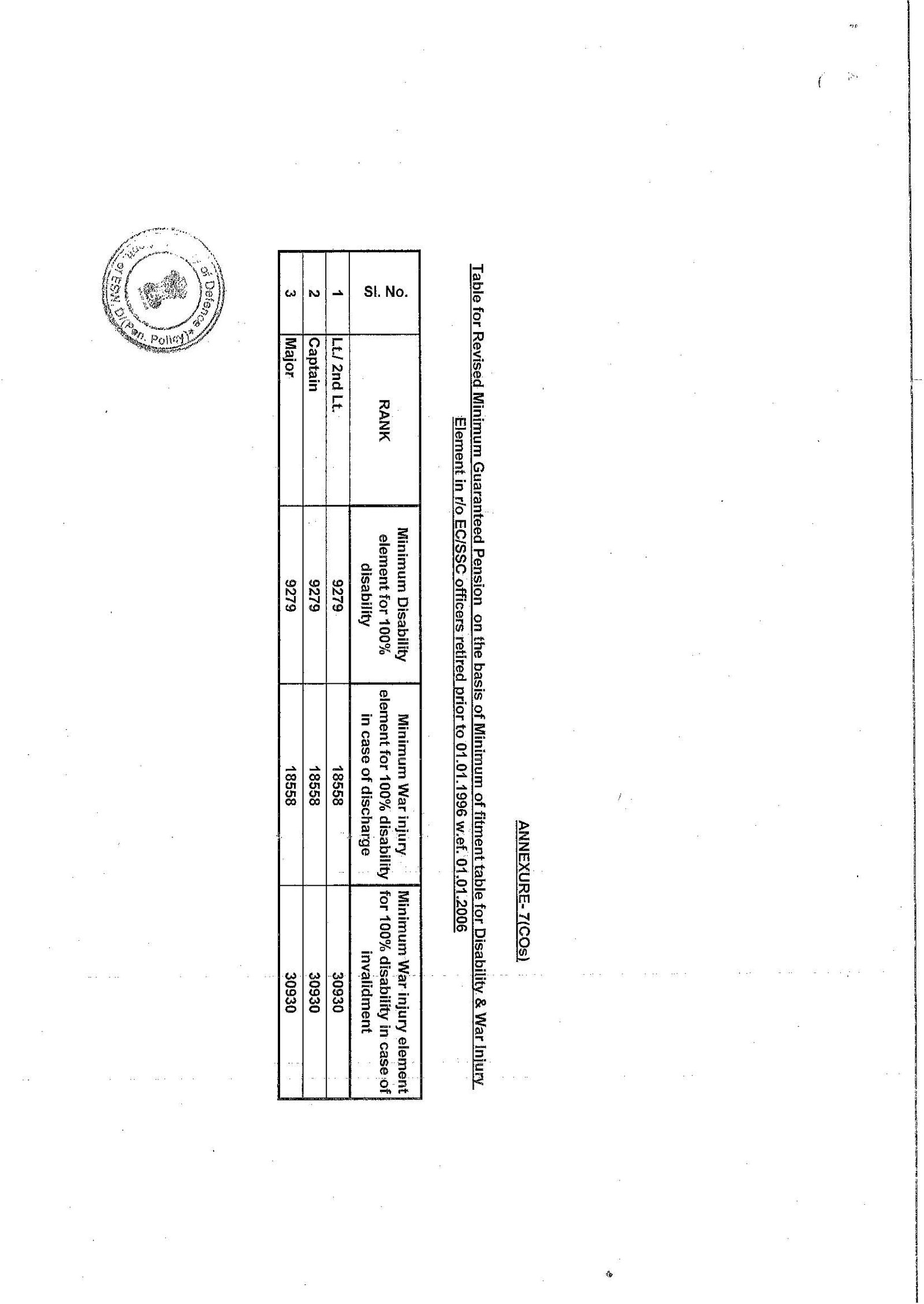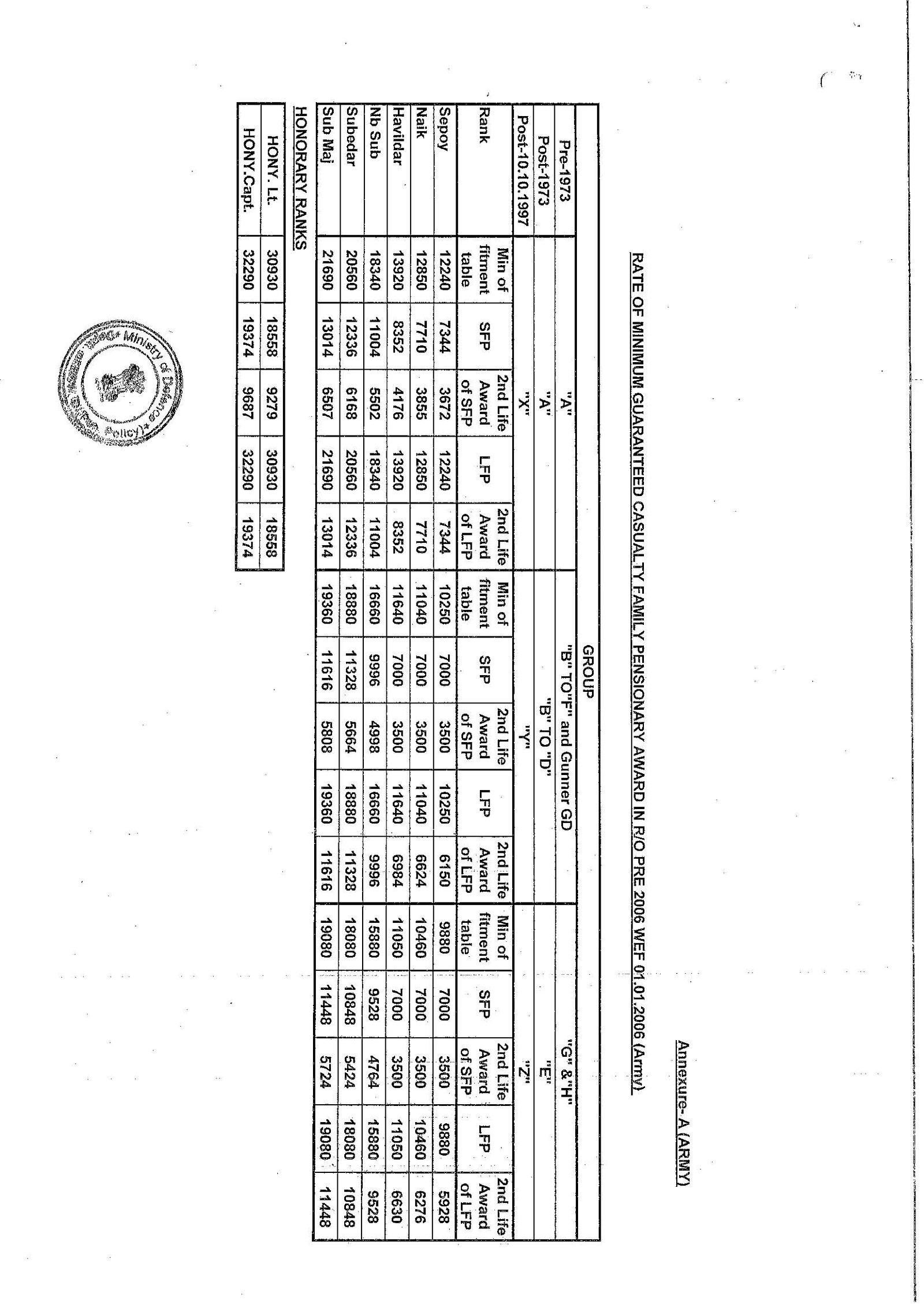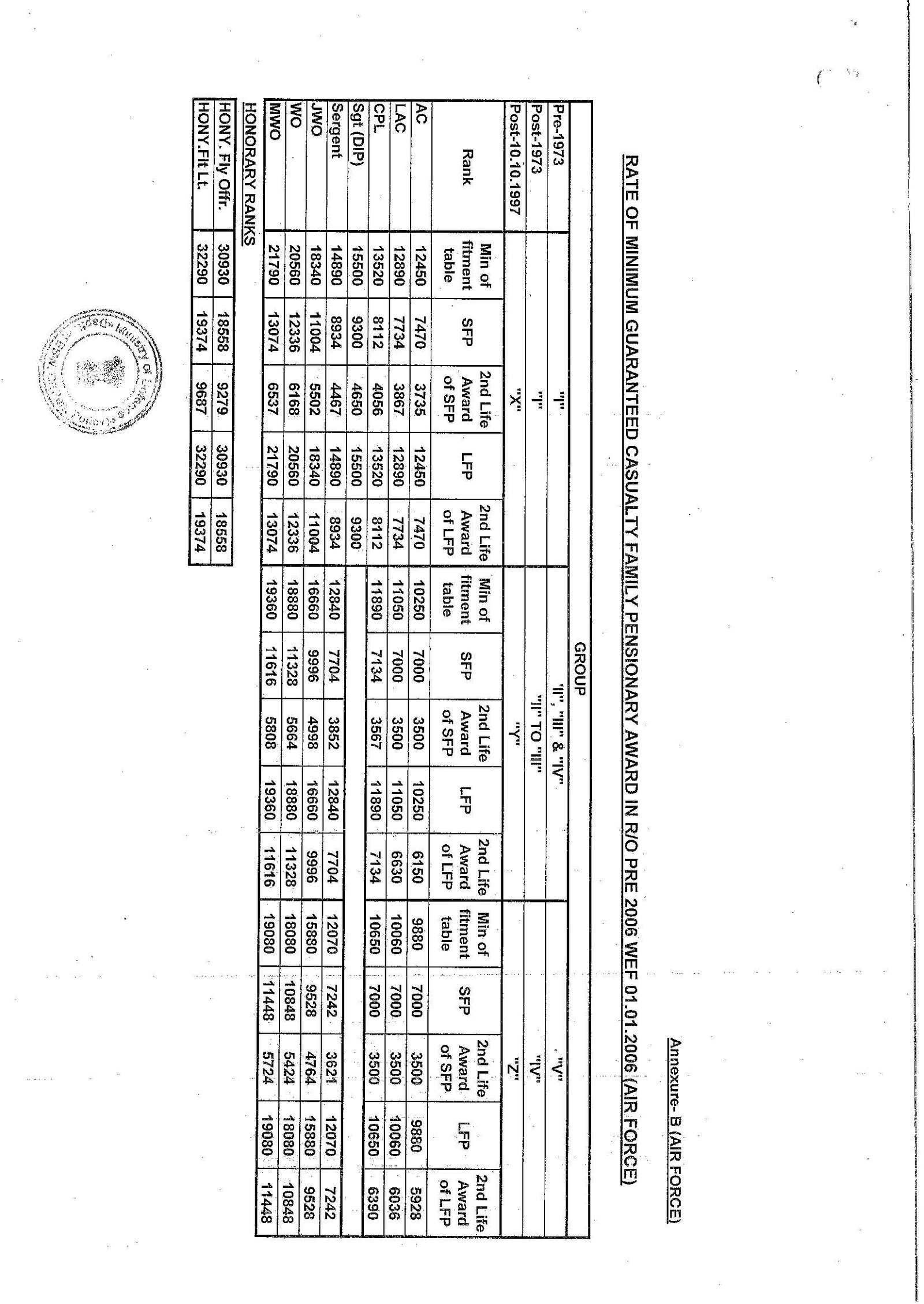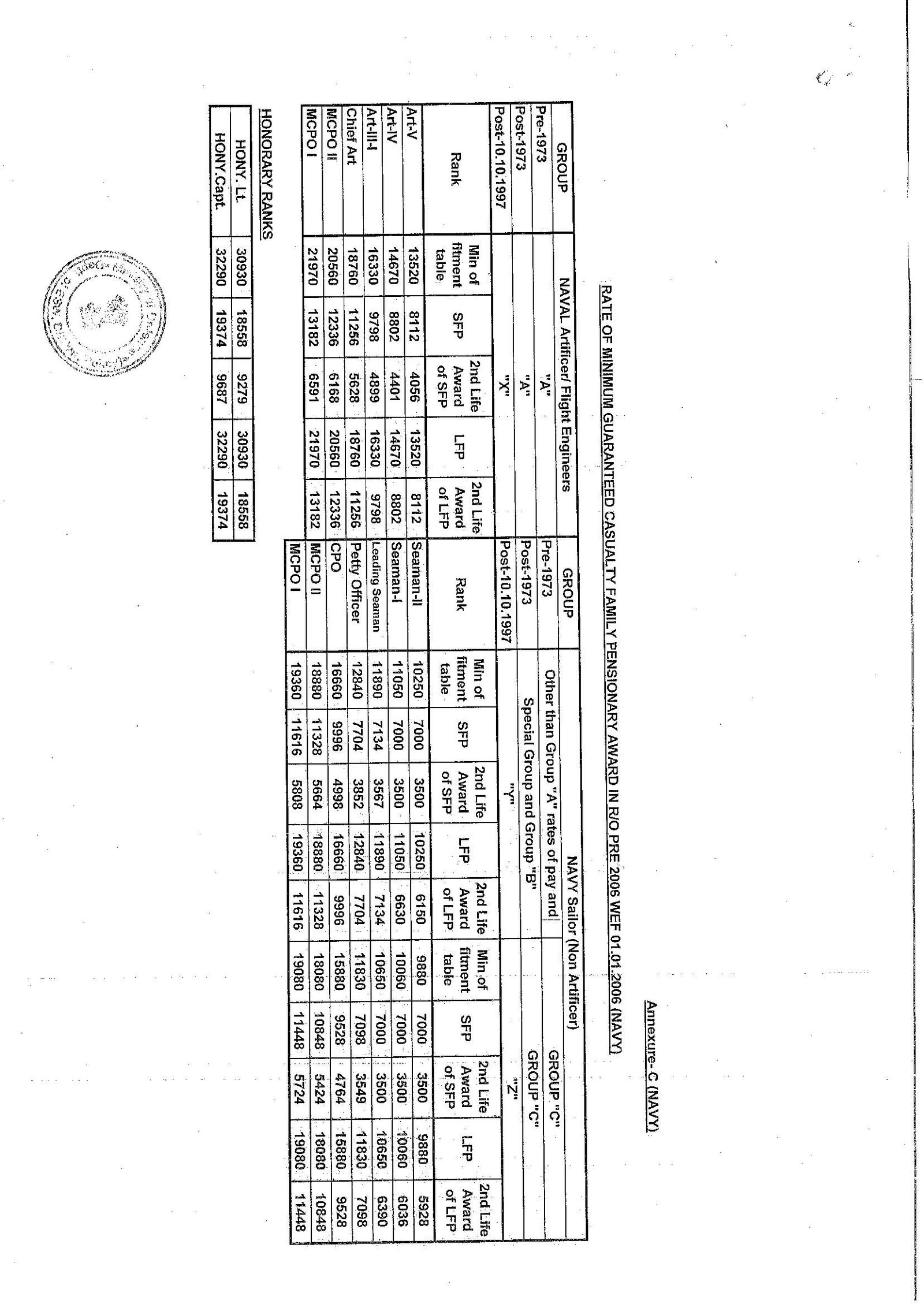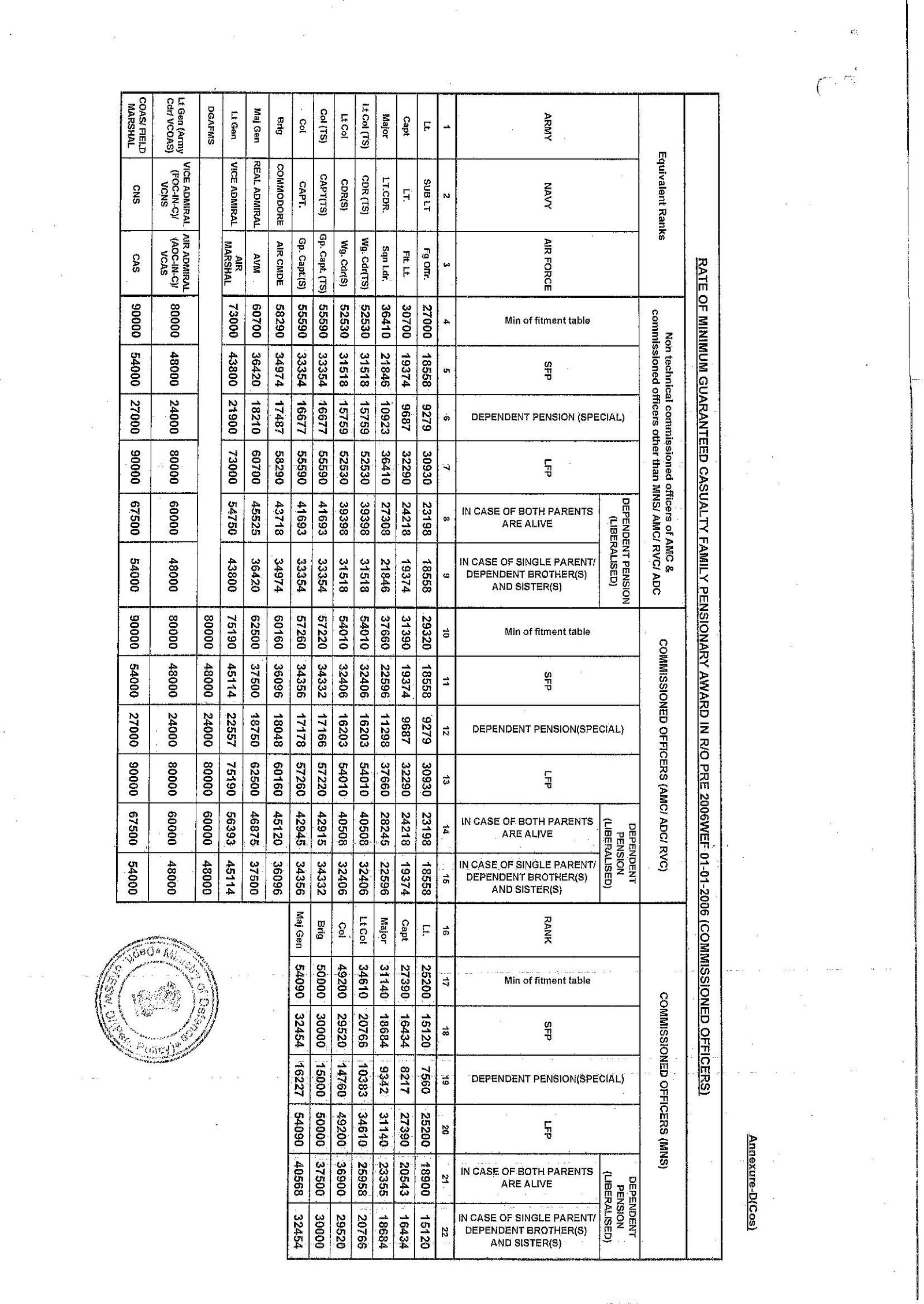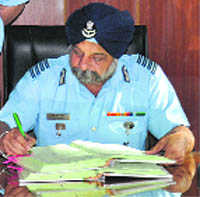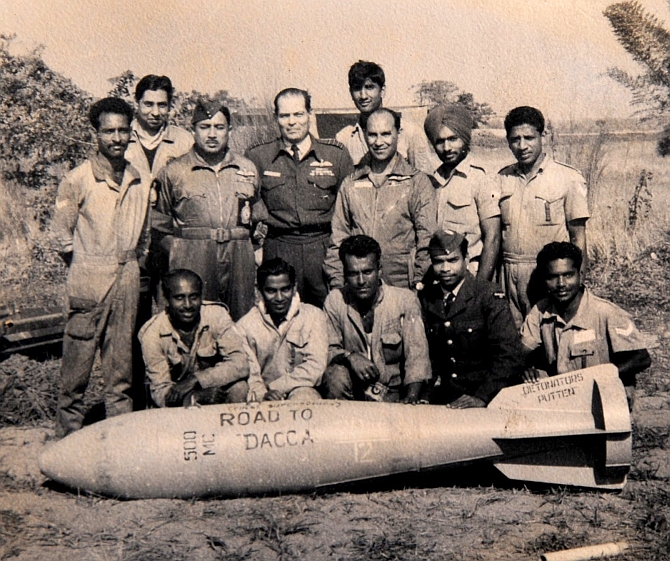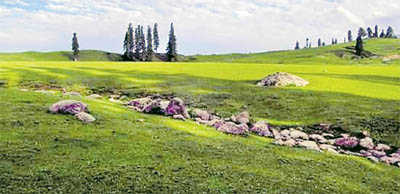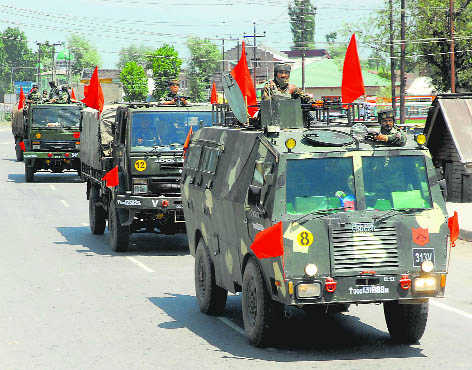
THE five working groups were set up by the United Progressive Alliance (UPA) government at the Centre. The aim was to involve stakeholders from various regions, ethnic groups and social organisations in J&K in the entire gamut of the issues facing the people, including ways to bring peace in the region affected by terrorism. The following were the high five:
- Confidence building measures across segments of society in the state: Headed by now Vice President Dr Hamid Ansari.
- Strengthening Centre-state relations: Headed by Justice (retired) Sagheer Ahmad (now dead).
- Ensuring good governance: Under former bureaucrat and diplomat Naresh Chandra Saxena.
- Strengthening relations across LoC & economic reforms: Helmed by M. Rasgotra and C. Rangarajan, former Governor of Reserve Bank of India (RBI).
- Matters relating to the special status, strengthening democracy, rule of law, secularism and devolution of powers: Late Justice Sagir Ahmad submitted its report directly to then CM Omar Abdullah in December 2009, but it had failed to recommend anything as there were serious differences among members.
The four working groups gave their reports in April 2007 to PM Manmohan Singh during the third roundtable in Delhi. A high-level committee was formed in February 2008 headed by then union home secretary to oversee implementation of the recommendations of the four groups. Following were the objectives and results: Group I headed Hamid Ansari: Improve the condition of people affected by militancy, rehabilitation of orphans and widows, issues relating to the relaxation of conditions for persons who have foresworn militancy; effective rehabilitation policy, including employment, for Kashmiri Pandit migrants, an approach to return of Kashmiri youth from areas controlled by Pakistan, steps to protect and preserve the unique cultural and religious heritage.Ground Reality: Some centrally sponsored schemes implemented for militancy victims particularly orphans and widows, two key recommendation of the WG-I.No much headway on return of Kashmiri youth from Pakistan and rehabilitation of displaced Kashmiri Pandits. Nothing on AFSPA and Disturbed Areas Act because of continued Pak support to cross-border terrorism. A job package for Pandits was implemented in 2010, no further steps for their return and rehab following opposition from separatists. Centre slow in allowing Kashmiri youth from Pakistan to settle back in Kashmir. Group II: Strengthening ties across LoC: (chairman M. Rasgotra): To recommend steps to simplify procedures to facilitate travel across LoC, increase goods traffic, expand people-to-people contact, open up new routes such as Kargil-Skardu Ground Reality: Trade and visits started in 2006, but no headway to increase people-to-people contact. Opening of Kargil-Skardu is unlikely in near future as Pak shows little interest. Group III: Economic development (chairman: Dr C Rangrajan): Ensure balanced economic development and employment generation, a balanced regional and sub-regional development.Ground Reality: No headway in transferring 390mw Dulhasti and 1020mw Bursar project. Despite government expressing its commitment to balanced development, unemployment, development disparity, regional divide and rising grievances about corruption are key challenges. Group IV: Good governance (chairman: NC Saxena): Increase responsiveness, accountability and transparency of the administration, strengthen local self-government, monitor development programmes, promote zero tolerance for rights violations.Ground Reality: No serious attempt to strengthen accountability commission and bring transparency. Panchayat system and urban local bodies remain without much power. Majority of the developmental projects run behind schedule. Rights situation has improved but continued provocation by separatists and militants has led to death of several youths in protests.Group V: Strengthening ties between state and Centre (late Justice Sageer Ahmed). Matters relating to the special status within the Union; effective devolution of powers. Ground reality: The recommendations on some sort of autonomy in the Justice Sagheer Ahmed working group report caused discord between NC and Congress when they were in coalition (2009-2014). A cabinet sub-committee formed to give its opinion on the matter failed to reach any consensus. ‘Recommendations redundant, irrelevant’ Former BJP ideologue Prof Hari Om, who had presented the party in working groups, says their recommendations have become redundant and irrelevant. Prof Hari Om, who had attended deliberations in the working groups and round table conference as vice president of the BJP, argued that recommendations were by and large Kashmir-centric. The wishes and aspirations of the people of Jammu and Ladakh were “deliberately ignored,” he said. “There is no mention of such issues as problems faced by West Pakistani refugees, rehabilitation of displaced Kashmiri Hindus and issues concerning refugees from Pakistan occupied Kashmir (PoK)”, he said. Prof Hari Om had signed a dissent note in the recommendations. Panun Kashmir (PK) chairman Ajay Chrangoo was also a member of Working Group on Centre-State ties. “The report was submitted without taking most members into confidence”, Chrangoo says. The entire process was a futile attempt to negate the aspirations of national population in the state that believes in Constitution of India, he said.
— Dinesh Manhotrain Jammu
A decade of ups & downs
- May 24, 2006: PM Manmohan Singh arrives in Srinagar for a 2-day round-table.
- May 25: Manmohan says 5 working groups to be set up. 4 tourists die in a grenade blast on Srinagar outskirts.
- May 31: Grenade attacks on two tourist busses in Srinagar, 36 tourists injured.
- July 11: 8 persons, including 5 tourists, killed in a series of grenade blasts. Over 200 die in multiple train blasts in Mumbai.
- March 2007: Pak lawyers’ stir against suspension of Chief Justice Iftikhar Mohammad Chaudhary weakens Pervez Musharaf’s hold.
- July: Lal Masjid siege and military operation in Pakistan; sets off a new wave of radical militancy in Pak.
- Nov 28: Musharraf steps down as Chief of Army Staff.
- Dec 27: Benazir Bhutto assassinated.
- June-August 2008: Communal divide visible as protests sweep for several months in Kashmir and Jammu regions over land transfer to a Hindu shrine board.
- Aug 18: Musharaf steps down as the president, a month later Zardari takes charge.
- Nov 26: 10 militants attack Mumbai city, fighting continues for three days as nearly 200 killed. Indo-Pak talks halted.
- May-June 2009: Alleged incident of rape of two women in Shopian triggers protests.
- May 22: Manmohan Singh sworn in PM for second term.
- June-October 2010: Killing of a student triggers widespread protest, leading to bloodshed in Kashmir as 120 protesters and civilians killed.
- Feb 10, 2011: India agrees to resume talks with Pak suspended after 2008 Mumbai attacks.
- November 2011: Zardari vows to grant most favoured nation status to India.
- April 13, 2012: India decides to allow FDI from Pak as the two decide to open a trading post on the Wagah border.
- Feb 9, 2013: Parliament attack convict Mohammad Afzal Guru hanged; Kashmir locked down.
- March: Suicide attackers return after years of lull in Kashmir, CRPF personnel attacked.
- June 5: Nawaz Sharif elected Pak PM.
- May 26, 2014: Narendra Modi elected Prime Minister.
- Jul 10, 2015: India, Pak PMs meet on the sidelines of a Summit in Ufa.
- August 2015: National security advisors of India and Pak call call off meet after India objects to a meeting between Pakistani NSA and Kashmiri separatists.
- Dec 25: Modi in Pakistan on his first visit surprises all.
- Jan 2 2016: Armed militants attack Pathankot Air Force Station.
— Compiled by Azhar Qadri


